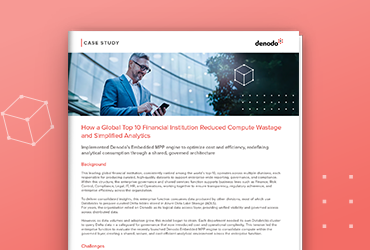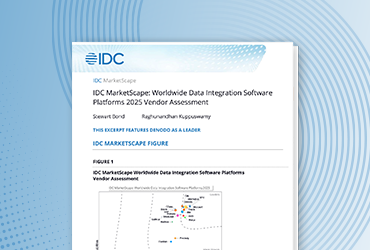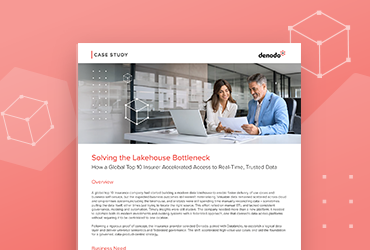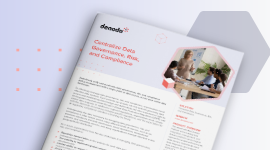What Is Role-Based Access Control (RBAC)?
Role-based access control (RBAC) is a security model that restricts system access based on predefined user roles within an organization. Instead of assigning permissions directly to users, RBAC assigns roles that dictate what actions a user can perform, for more secure and efficient access management.
Why Is Role-Based Access Control Important?
RBAC is essential for organizations to maintain security, compliance, and operational efficiency. Key benefits include:
- Enhanced Security: Limits access to sensitive data and systems based on user roles
- Regulatory Compliance: Helps organizations meet security standards like GDPR, HIPAA, and ISO 27001
- Operational Efficiency: Streamlines permission management by assigning roles instead of individual access rights
- Reduced Risk of Insider Threats: Minimizes unauthorized data access and security breaches
- Improved Auditability: Provides clear access logs for compliance and monitoring
How Role-Based Access Control Works
RBAC operates by defining roles and assigning them to users based on their job functions. The typical steps include:
- Role Definition: Identifying different user roles and their corresponding access privileges
- User Assignment: Assigning users to specific roles based on their responsibilities
- Permission Allocation: Granting access to resources and actions based on assigned roles
- Enforcement and Monitoring: Facilitating compliance through access audits and real-time monitoring
Key Components of RBAC
- Roles: Predefined access levels that group users with similar responsibilities
- Permissions: Specific actions that roles can perform, such as read, write, or execute
- Users: Individuals who are assigned to roles, based on their job functions
- Policies: Rules that govern how roles interact with system resources
Applications of Role-Based Access Control
RBAC is widely used across industries for access control in:
- Enterprise IT Security: Restricts employee access to company systems and databases
- Healthcare: Enabling only authorized personnel to view patient records
- Financial Services: Protects sensitive banking and financial transaction data
- Cloud Computing: Manages user access to cloud resources and SaaS applications
- Government and Defense: Controls access to classified information and secure systems
Best Practices for Implementing RBAC
- Define Clear Roles: Create roles based on job responsibilities rather than individual achievements.
- Follow the Principle of Least Privilege (PoLP): Grant the minimum necessary access privileges to perform job functions.
- Regularly Review Access Controls: Conduct audits so roles remain aligned with business needs.
- Automate Role Assignments: Use identity and access management (IAM) tools to streamline role management.
- Monitor Access Logs: Track role-based activities to detect unauthorized access attempts.
Challenges in Role-Based Access Control
- Role Explosion: Overcomplicating role definitions with too many granular roles
- Initial Setup Complexity: Defining roles and permissions can be time-consuming
- Role Maintenance: Keeping roles updated as job functions evolve
- User Resistance: Employees may face restrictions that hinder their work efficiency
Future Trends in RBAC
- AI-Powered Access Control: Leveraging AI for dynamic role assignments based on behavior analytics
- Zero Trust Security Integration: Implementing RBAC alongside Zero Trust Architecture (ZTA) for enhanced security
- Hybrid and Multi-Cloud Access Management: Managing access across multiple cloud environments
- Role Mining and Optimization: Using data analytics to refine role definitions and reduce redundancies






